Planning the Finish Line: Why Every Business Needs an Exit Strategy
Exit Strategy M&A readiness Cap Table Startup Exits Investor 4 Minutes
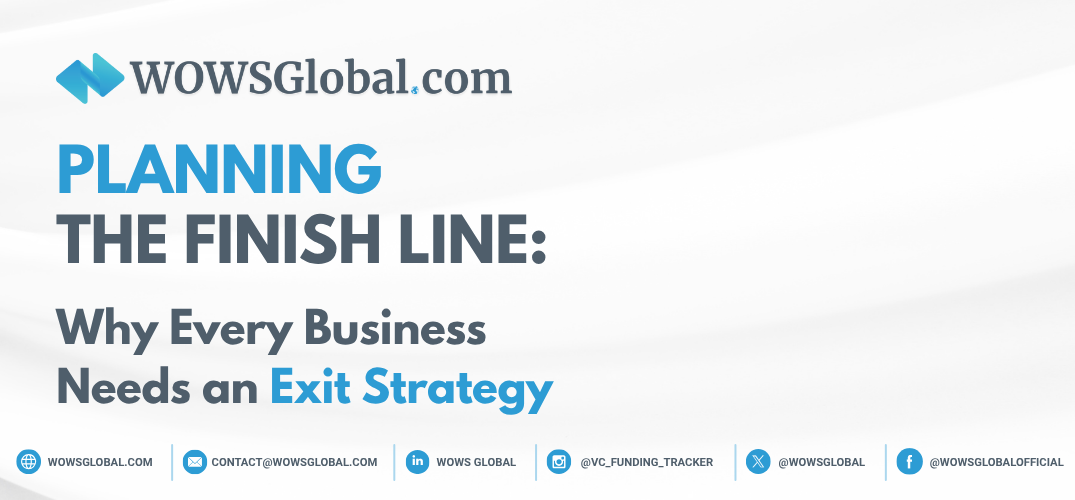
Founders obsess over launch. Investors obsess over growth. But the value of all that effort is ultimately set at the exit. A clear, early exit strategy isn’t a morbid thought exercise, it’s a management discipline. It shapes how you allocate capital, hire leadership, measure risk, and communicate with stakeholders. Whether you’re building to sell, to list, to hand over, or simply to stop at the right time, the plan for “how this ends well” should inform decisions from day one.
Why an exit strategy matters now, not later
Treat the exit as a strategic lens, not a last-minute event. When you plan ahead, you:
-
Maximize valuation by aligning product, metrics, and market timing with the buyer or public-market story you’ll eventually need to tell.
-
Reduce risk by cleaning cap tables, tightening contracts, and hardening compliance before diligence spotlights every flaw.
-
Protect optionality so you can pivot from M&A to a growth recap or a listing if markets shift.
-
Align stakeholders—investors, management, and employees—so expectations on timelines, outcomes, and trade-offs are explicit.
Exit options at a glance
There’s no single “right” exit—there’s a fit-for-purpose one. The most common paths:
-
M&A (Trade Sale or Strategic Acquisition)
Best when: You’ve built capabilities or market share that a larger acquirer values more inside their portfolio.
Watch out for: Earn-out hurdles, integration risk, and customer or key-person dependencies.
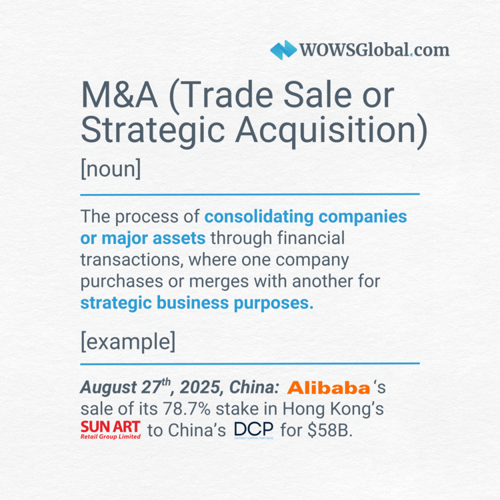
-
Secondary Sale / Recapitalization
Best when: Early investors or founders seek liquidity while the company keeps scaling with new backers.
Watch out for: Governance changes, preference stacks, and signaling if the recap isn’t framed well.
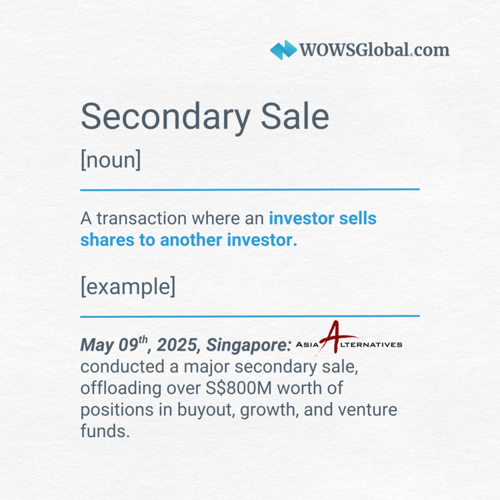
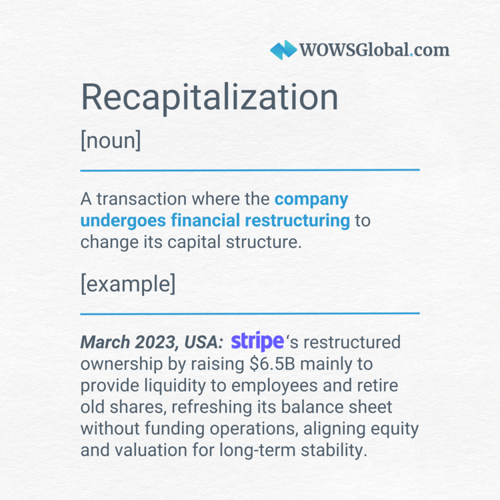
-
Public Listing (Traditional or Alternative)
Best when: You have durable growth, predictable metrics, and the scale to withstand public-market scrutiny.
Watch out for: Market windows, internal controls, disclosure readiness, and post-listing execution pressure.
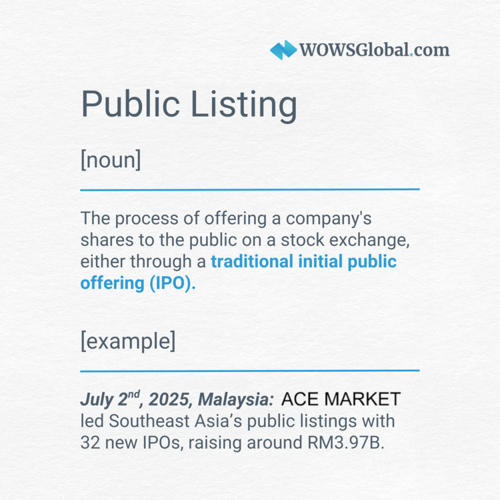
-
Management Buyout / ESOP
Best when: Continuity and culture matter most, and the business generates steady cash flows.
Watch out for: Leverage stress and maintaining growth investments post-transaction.
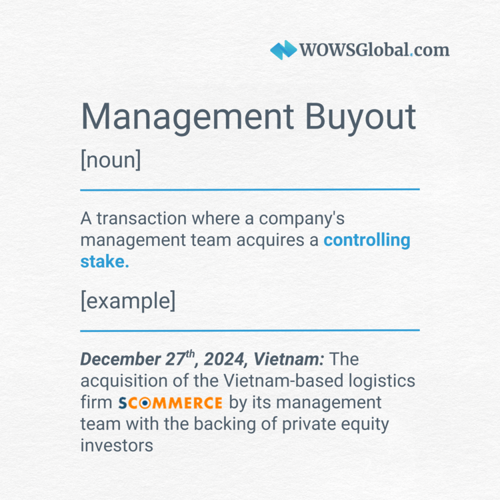
-
Orderly Wind-Down / Acquihire
Best when: Capital, market conditions, or strategic shifts make continuation uneconomic.
Watch out for: Contractual obligations, IP disposition, and team transitions.
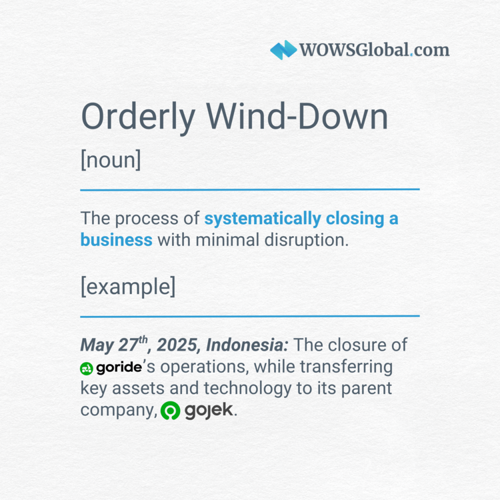
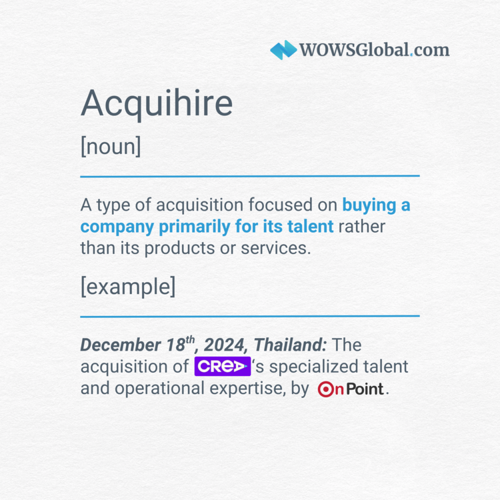
Design the exit narrative, and back into the numbers
Buyers and public investors don’t just buy revenue; they buy revenue quality. Build a narrative around:
-
Recurring/retained revenue: Cohorts, net dollar retention, and churn drivers.
-
Unit economics: Contribution margin by segment and path to cash flow positivity.
-
Defensibility: IP, switching costs, network effects, data moats.
-
Concentration risk: Customers, suppliers, or channels that could spook diligence.
-
Leadership succession: Can the company thrive without the founder’s daily heroics?
Once the story is clear, backsolve your operational roadmap: which metrics must you hit in the next 6–12–18 months to make that story indisputable?
The quiet work that actually moves valuation
The best exits are won in the unglamorous trenches:
-
Cap table hygiene: Straighten out SAFEs, options, and preferences; document board approvals.
-
Contracting & compliance: Assignable customer contracts, proper IP assignment, clean privacy posture.
-
Data room readiness: GAAP/IFRS financials, KPI definitions, pipeline and cohort analyses, HR and legal files, organized, consistent, and audit-ready.
-
Buyer mapping: A living list of strategic and financial buyers, what they value, and who influences their deals.
-
Benchmarking: Know the multiples and comps that govern your category, and what levers move you into the top decile.
Timing is a strategy, not a hope
Market windows open and close, often faster than you expect. Two truths can coexist: be ready early and don’t rush a half-baked story. Use scenario planning:
-
If multiples compress, could a recap extend runway and compounding?
-
If a key strategic buyer becomes active, are you diligence-ready within weeks, not months?
-
If growth slows, can you pivot to a profitability narrative that still clears buyer thresholds?
Common pitfalls that destroy value
-
Overpricing the business and stalling momentum while the market moves on.
-
Underinvesting in systems and controls—fatal in public routes and costly in M&A.
-
Misaligned incentives across founders, investors, and employees; disputes surface at the worst time.
-
Ignoring integration: Culture, product roadmap, and customer messaging need a plan before signing.
What this means for investors and teams
For investors, a transparent exit plan de-risks the thesis and sets board oversight around milestones that matter. For employees, it builds trust: equity education, communication about vesting and liquidity, and retention packages aligned to the endgame keep teams focused when rumors inevitably swirl.
A practical 90‑day start
If you do nothing else, in the next quarter:
-
Define your target exit archetype and valuation narrative.
-
Run a readiness assessment across finance, legal, product, and people.
-
Build a buyer map and begin soft-market sounding through advisors.
-
Stand up a living data room and KPI cadence that matches the exit story.
-
Fix one structural risk (e.g., contract assignability, IP gaps, or cap table snarls).
WOWS Insight
Exits reward preparation over bravado. If you want a seasoned partner to turn strategy into a step‑by‑step plan, WOWS Global can help founders, operators, and investors develop clear exit pathways. Their approach emphasizes the fundamentals that move valuation, buyer mapping, data‑room readiness, governance cleanup, and a crisp equity story, while guiding teams through the trade‑offs among M&A, secondaries, and listing routes.
Whether you’re 6, 12, or 24 months from action, engaging experts who live at the intersection of capital and operations can be the difference between a merely acceptable outcome and a defining one. Schedule a call now.

Related Posts
-
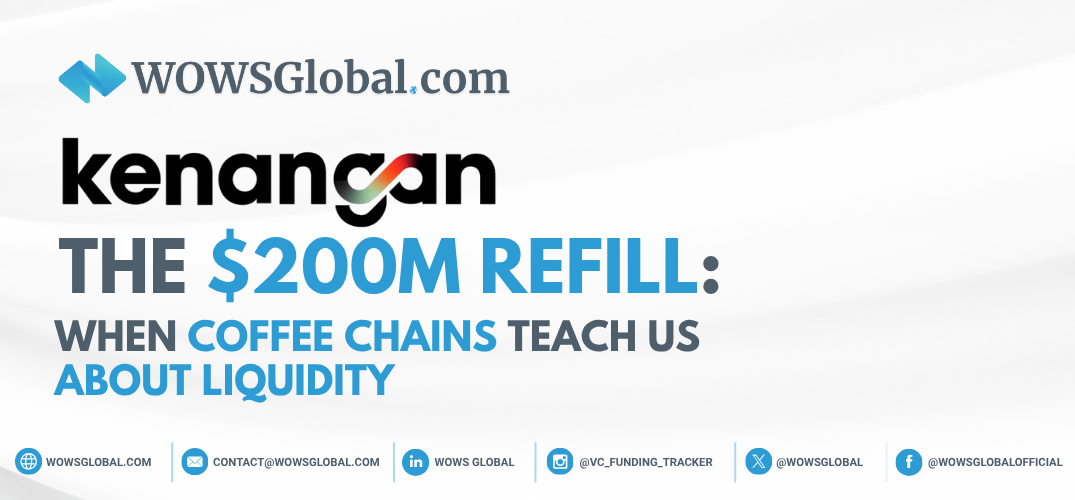
Cap Table SEA AI Startups Southeast Asia 5 Minutes
The $200M Refill: When Coffee Chains Teach Us About Liquidity
A closer look at Kopi Kenangan’s USD 200M hybrid round—and why mid-journey liquidity, valuation discipline, and payout clarity matter. We break down the mechanics, the incentives, and the playbook for both founders and investors. -
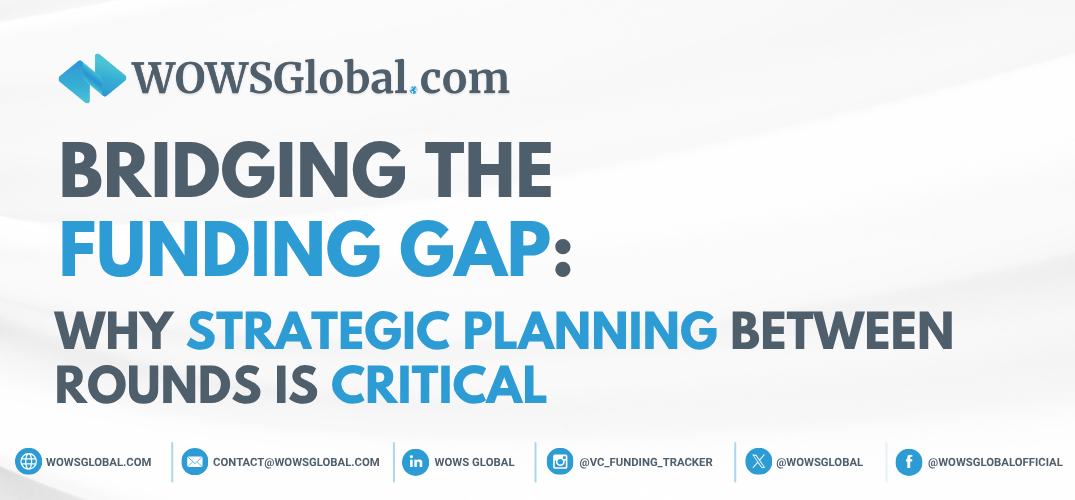
Venture Debt Finance AI Investor 2 Minutes
Bridging the Funding Gap: Why Strategic Planning Between Rounds Is Critical
Between funding rounds is where the real work begins. Strategic planning during this quiet phase can determine how ready your startup is for the next big raise. From fractional CFOs to venture debt and investor engagement, WOWS Global helps you stay prepared and in control. -

M&A readiness SME growth fractional CFO 5 Minutes
Signs Your Business Is Ready for M&A
Mergers & acquisitions aren’t just for billion-dollar companies anymore. Here are 7 signs your startup or SME might be ready to scale, exit, or acquire in 2025. -

cap table investor relations 4 minutes
Is Your Investor "Cap Table Material"?
Choosing the right investor is like finding a life partner—make sure they’re “cap table material.” Our cheeky checklist will help you spot the keepers from the flings. Read on! -

Early-Stage Investors Funding Funding Round Fundraising for Founders Investor
Shh! Don’t Share These Fundraising Insider Secrets
Startup founders need to fasten their seatbelts and prepare for a roller-coaster ride if they are to achieve success. It is a straight fact that founders will find themselves wearing many hats to get their venture up, running, and thriving. -

Exit Strategy
Crafting a Successful Exit Strategy: A Guide for Startups
Are you ready to take your startup to the next level? Crafting a successful exit strategy is a vital step in ensuring the long-term success and growth of your business. Whether you're planning to sell your startup, merge with another company, or take it public, having a clear and well-executed exit plan is essential.
